The recent unveiling of Thailand's coveted 'Royal Cuisine' recipes has sent waves through the culinary world, sparking debates about whether ordinary home cooks can truly replicate these historically guarded dishes. For centuries, these recipes were reserved exclusively for the Thai royal family, perfected by palace chefs with access to rare ingredients and techniques passed down through generations. Now that some of these secrets are publicly available, a fascinating question emerges: can the magic of royal kitchens be recreated in modest home settings?
At first glance, the idea seems plausible. Recipes, after all, are essentially instructions—a combination of ingredients, measurements, and methods. If the instructions are clear, shouldn't anyone with adequate skills follow them? However, the reality of royal Thai cuisine proves far more complex than simply reading and executing steps. These dishes weren't just about sustenance; they represented artistry, status, and a cultural legacy refined over centuries within the palace walls.
The ingredients themselves present the first major hurdle. Many traditional royal dishes call for components that are either prohibitively expensive or nearly impossible to source outside Thailand. Certain varieties of herbs, like specific types of basil or kaffir lime leaves, grow abundantly in royal gardens but may lack the same potency when cultivated elsewhere. Rare seafood, such as particular river fish or crustaceans once sourced from royal ponds, simply don't have equivalent substitutes. Even when ingredients are available, their quality and freshness—crucial elements in Thai cooking—often fall short of what palace kitchens could obtain.
Beyond ingredients, the techniques employed in royal cuisine demand years, if not decades, of dedicated practice. Take the art of fruit and vegetable carving, an integral part of royal food presentation. What appears in recipe books as "carve melon into floral design" actually represents a skill traditionally mastered through apprenticeships beginning in childhood. The knife skills required for achieving the paper-thin slices in certain royal salads or the precise cuts for perfect texture in royal curries similarly require professional-level training that most home cooks haven't acquired.
Time commitment poses another significant barrier. Authentic royal dishes often involve labor-intensive processes that modern home kitchens aren't equipped to handle efficiently. Traditional methods might require pounding spices by hand for hours to achieve the ideal paste consistency, or slow-cooking broths over precisely controlled heat—processes that contemporary cooks, accustomed to food processors and pressure cookers, might find impractical. The multiple stages of preparation for some royal dishes could span days, a luxury few outside professional kitchens can afford.
Cultural context plays an equally vital role that recipe books can't convey. Royal Thai cuisine developed within a specific historical and social framework, with dishes created not just for taste but to convey messages, honor traditions, or serve ceremonial purposes. The mindfulness and intentionality behind each step—the almost meditative attention given to seasoning adjustments or the ceremonial manner of combining ingredients—reflects a philosophy toward cooking that transcends mere instruction-following. This intangible aspect of royal cooking proves perhaps the most challenging to replicate without having been immersed in that world.
That said, the democratization of these recipes does open exciting possibilities for culinary exploration. While home cooks may never achieve perfect replicas of palace dishes, they can certainly draw inspiration from the flavors, techniques, and presentations. Adaptations using more accessible ingredients or simplified methods can capture the essence of royal cuisine while being feasible for everyday preparation. Many Thai cooking experts suggest viewing the published recipes not as strict blueprints but as guides for understanding the principles behind this revered culinary tradition.
The accessibility of royal recipes also allows for creative interpretations that honor tradition while embracing modern realities. Contemporary chefs around the world are already experimenting with fusion dishes that incorporate royal Thai elements into local cuisines. Home cooks might focus on mastering one or two signature techniques from the royal repertoire rather than attempting complete menus. This approach makes the tradition more sustainable and relevant outside its original context.
Perhaps the greatest value in releasing these once-secret recipes lies not in perfect replication but in preservation and appreciation. As younger generations of Thais and global food enthusiasts gain access to this culinary heritage, they develop deeper understanding and respect for the craftsmanship behind royal cuisine. Even imperfect attempts at these dishes keep the traditions alive, allowing flavors and techniques that might otherwise fade into history to continue evolving in new contexts.
Ultimately, while home kitchens may never perfectly recreate the splendor of Thailand's royal cuisine, the very attempt bridges historical divides, connecting modern food lovers with centuries of culinary excellence. The published recipes serve less as how-to manuals and more as cultural artifacts—invitations to appreciate, experiment with, and be inspired by one of the world's most sophisticated culinary traditions. In this sense, the true replication happens not in the physical dishes but in the continued celebration and evolution of Thailand's rich gastronomic legacy.

By Elizabeth Taylor/Apr 10, 2025
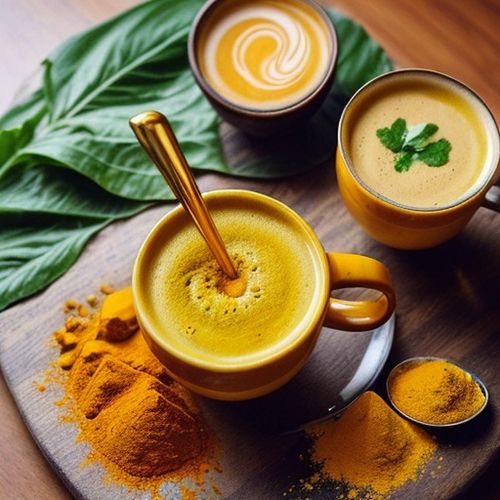
By Laura Wilson/Apr 10, 2025
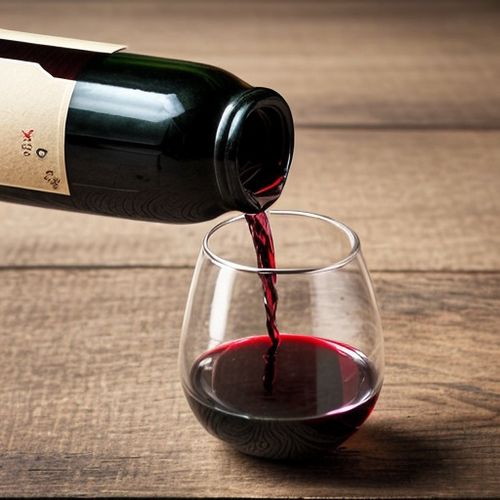
By Natalie Campbell/Apr 10, 2025
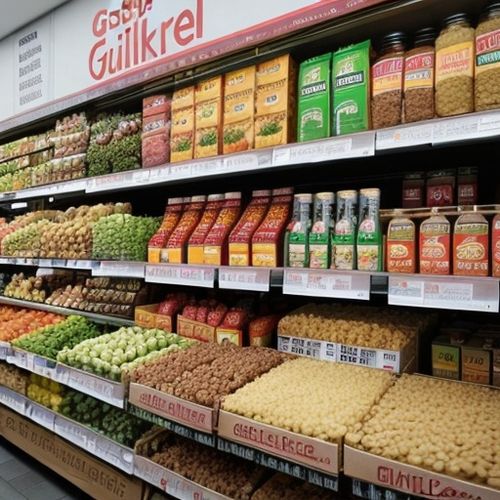
By Daniel Scott/Apr 10, 2025
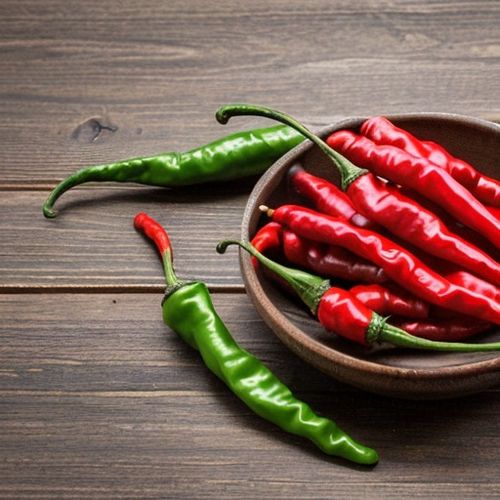
By Sarah Davis/Apr 10, 2025
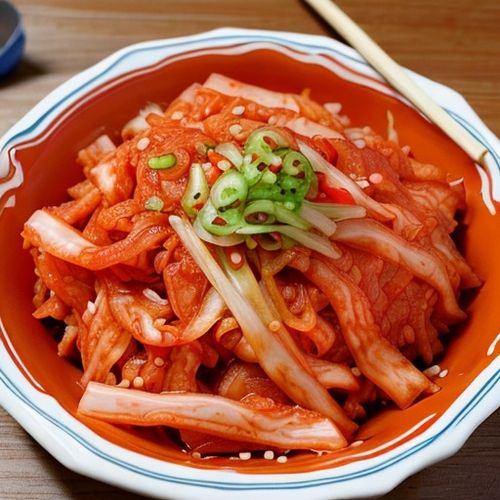
By Michael Brown/Apr 10, 2025
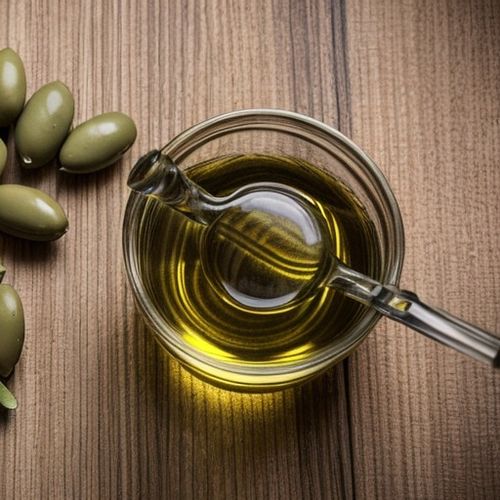
By George Bailey/Apr 10, 2025
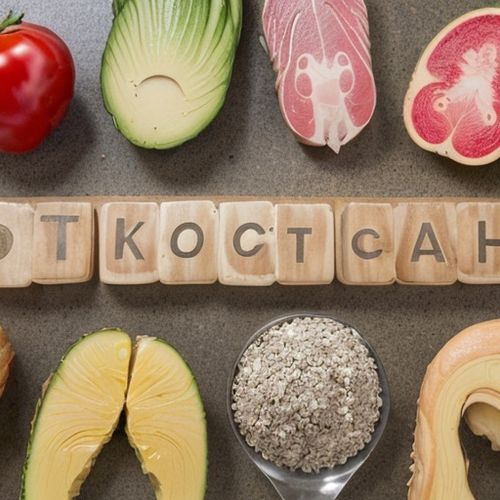
By Thomas Roberts/Apr 10, 2025
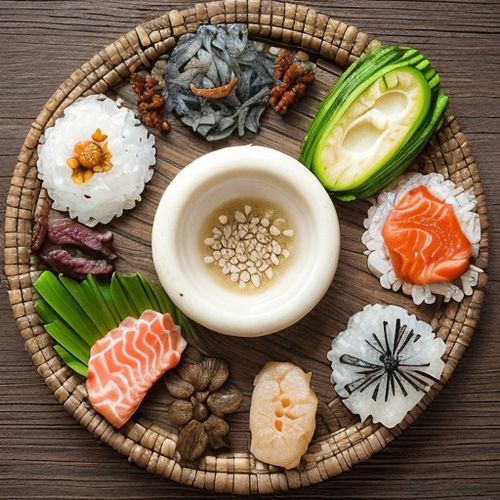
By Sarah Davis/Apr 10, 2025
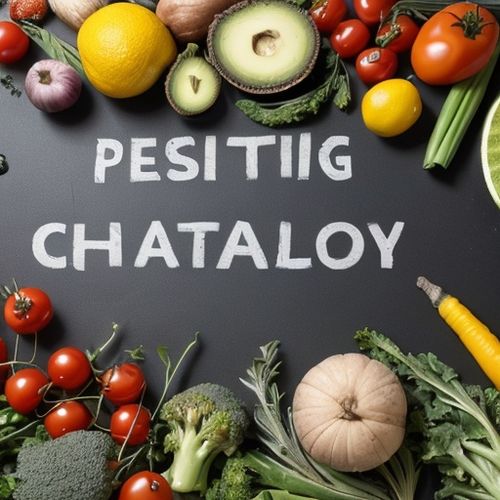
By William Miller/Apr 10, 2025

By Natalie Campbell/Apr 10, 2025
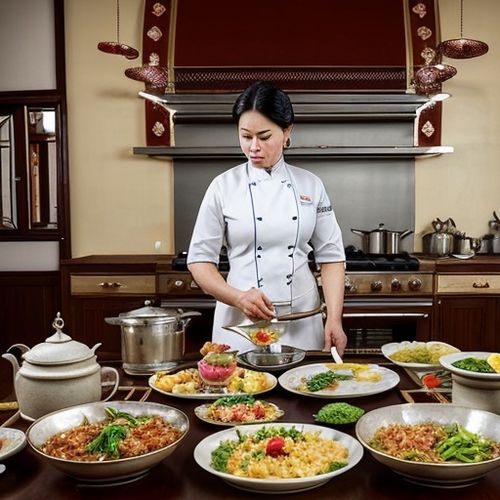
By Ryan Martin/Apr 10, 2025
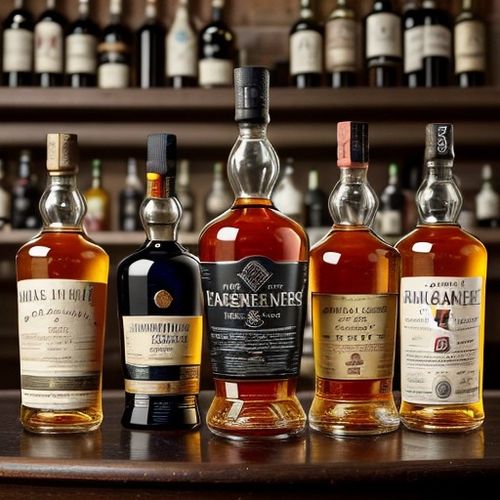
By Benjamin Evans/Apr 10, 2025
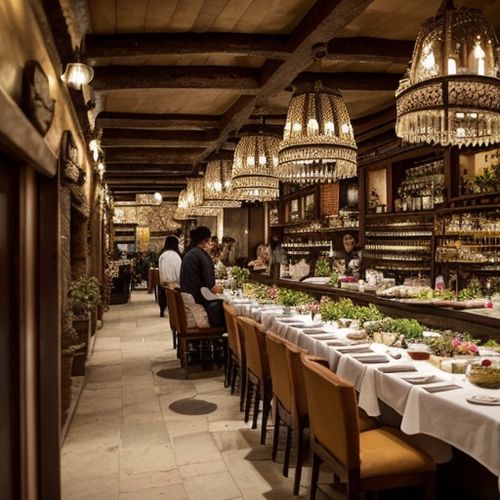
By John Smith/Apr 10, 2025
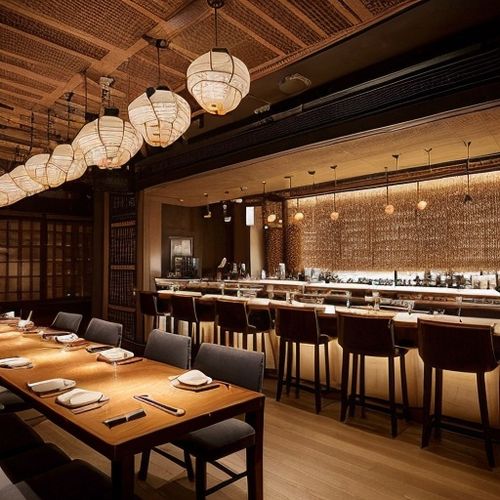
By Grace Cox/Apr 10, 2025
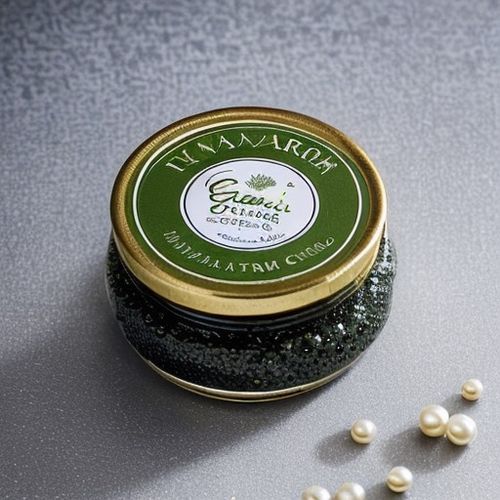
By Victoria Gonzalez/Apr 10, 2025
By Natalie Campbell/Apr 10, 2025